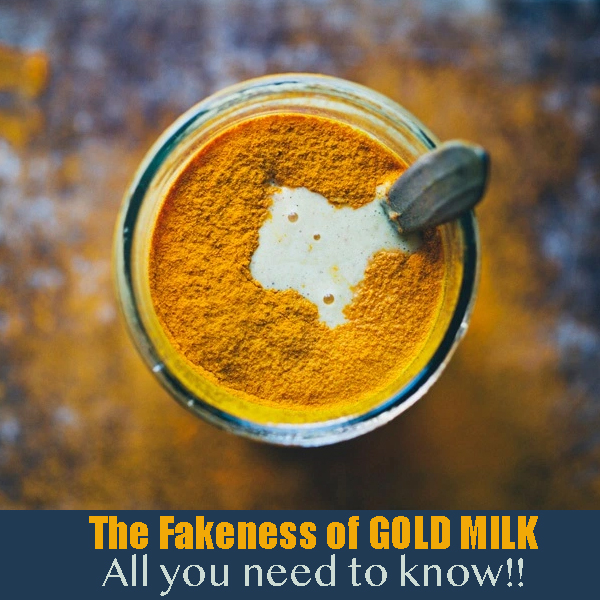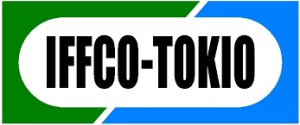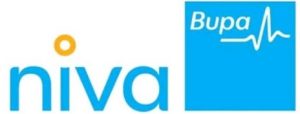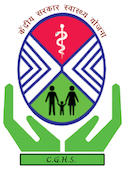As we all know, Panchakarma is the main part of Ayurveda treatment. The main classification of the Panchakarma is – Purva karma and Pradhan Karma. Purva karma is – preparatory part of the panchakarma. Besides this, the main 5 are pradhan karmas. The Purva Karma includes- Snehana and Swedana. Purva karma is – preparatory part of the panchakarma. The external Panchakarma procedures are mix of the two of Purva karmas i.e. snehana (oleation) and swedana (sudation).
Scattered references for using the oil on the body in Charaka and Sushruta Samhita are available. This was Dalhana, a commentator of Sushruta Samhita who gave details for the first time about the duration of keeping oil over the skin. He also calculated timing for reaching to deep down to different dhatus too.
External Panchakarma are commonly thought to be “Keraliya-Panchakarma” too. But this is something like diamonds from Surat in India. These all procedures are well documented in the original text but this was Kerala where these were practiced widely. But nowadays most of the Panchakarma centers only perform these “external” procedures in the name of Panchakarma. Which is not a good practice at all.
Without the main classical panchakarma treatments, we cannot ensure complete use of Panchakarma. This is the reason, at Sukhayu Ayurved we practice both the parts of Panchakarma.
The utility of External Panchakarma
External panchakarma procedures can help to achieve following goals when done properly-
- External Panchakarma helps in doing the local oleation properly. Because warm oil stays in a place for a longer time.
- When warm oil/medicines/ghee is used on the skin, it helps in local sweating. And along with this, the skin keeps on absorbing the medicinal properties.
- The warmth of the medicines increases the blood flow through impact of heat. And because of the same blood flow, the toxins in local channels dislodges.
- When the target of external panchakarma is muscles, external panchakarma procedures help in relaxing the muscles.
- External panchakarma helps in removing the toxins from the local muscles.
- These procedures are beneficial for local treatment of different conditions, like-
- Kati Basti for lower back problems
- Greeva Basti for neck problems
- Jaanu Basti for the problem of the knee joint and so on.
- There are specific uses of certain external Panchakarma procedures like
- Shirodhara for relaxation and treatment of stress.
- Akshi Tarpana for eye problems.
- The selection of medicines with duration helps in managing many problems of the body.
- Joints flexibility is increased by cleaning and restoring of body functioning.
All about External Panchakarma Procedures
Panchakarma is also known as a preventive and curative mechanism. Apart from significant therapies, Panchakarma also includes some minor methods like:
- Swedana: It is a method to open the clogged sweat glands and get rid of impurities by them.
- Udarvartanam: A proper massage is given to the body by Ayurvedic powders.
- Pizhichil: It is a kind of massage only which is done by oil. In this, the bath is provided, which relaxes the body completely.
- Kati Vasthi: It includes the treatment of Ayurveda for the lower back.
- Shirodhara: Warm hot oil is poured on the forehead in a constant stream. The oil is herbal, and it nourishes the scalp.
External Bastis:
External Bastis is a procedure in which oil is used to treat the diseases and pain in areas like the neck, back, joints, etc. It helps to maintain the health of the patient by:
- Improving blood circulation;
- Building strong muscles
- Build healthy connective tissues;
- Reducing pain and lubricating the joints.
Contraindications for external bastis:
- Fever
- Pregnancy
- Acute Sinusitis
- Acute alcohol intoxication
- Alcohol withdrawal syndrome
Types of Oil used in external Basti therapy:
Types of oil that can be used for Kati Basti, Greeva Basti, and Janu Basti are mainly of herbal processed sesame oil.
- Firstly To activate the tissues and prepare the body, a massage is performed over the target site. This invites the Basti to do its work.
- Over the targeted site, medicated & analgesic oil is “held” by a well (made from flour).
- Oil is prepared at a comfortably hot temperature, and the herbs present in oil penetrates all layers of skin, deep into muscle tissues, bone, bone marrow, and nerves.
- Muscles that are Stiff and tight in nature will instantly be lubricated and softened. Problems of many tissues are solved like: Nerve Pain, Slipped Discs, Sciatica, Back Pain.
Pinda Swedana:
- Pinda Swedana is a treatment that is a combination of massage and sweat.
- It is mostly recommended for joints pain, and inflammation. It helps to reduce the aging process as well and treat insomnia, multiple sclerosis, and paralysis.
- Mostly the duration of treatment is 60 minutes to get the required relief.
- It is done by warm herbs bags known as potli and oil. Substances used for these bags are powder, leaves, rice, and Mamsa.
Benefits of Pinda Swedana are as follows:
- It increases the peripheral blood supply.
- Pinda Swdana relieves body ache
- Strengthens muscles and skin.
- Reduces the joint inflammation
- It acts as a muscle relaxant and eases joint stiffness
- Pottali is useful for relaxation and relieving stress.
- It has detoxifier properties
- It lowers the tendency of skin diseases.
Contraindications include:
- Skin allergies.
- Sensitive skin as heat causes redness and itching.
- Acute inflammation.
- Pregnant women.
Shirodhara:
Shirodhara is an Ayurvedic procedure of slowly dripping medicated oil on the center of the forehead, resting quietly on a comfortable bed. Liquids other than oil used for Shirodhara are coconut water, buttermilk, milk, etc. A relaxed state of awareness is created by this procedure. It results in psychological balance and a feeling of wellness and mental clarity.
There are 3 types of Shirodhara
- Sneha Dhara: It uses tela or ghee, which is herbal in nature.
- Ksheer Dhara: It uses milk infused with herbs.
- Takra Dhara: It uses buttermilk infused with suitable herbs.
There are many benefits of Shirodhara treatments, but it can be majorly categorized into significant headings:
- Effects of stress are eliminated
- Anxiety is reduced
- Intuition is awaked
- Pacifies Vata Dosha
Indications for Shirodhara are as follows:
- Headaches like cluster headaches, migraines, tension headaches
- Burning sensation in the head & other consequences of head injuries
- Paralysis & Alzheimer’s disease (Loss of memory)
Shirodhara is appropriate for all dosha, but there are some contraindications.
- Pregnancy
- Head problems
- Fever or chills causing acute illness
- Excess Kapha & Excess Ama
Pizhichil:
This is a combination of two treatments, Snehana (oleation) and Swedana (sudation). The body with simultaneous soft massage is bathed in streams of lukewarm medicated oil. More than three liters of oil is used in this therapy.
- Pizhichil protects the body from illnesses.
- It builds up immunity for a healthy life.
- Pizhchil helps in treating rheumatic diseases, arthritis & paralysis.
- It helps to arrest the aging process.
Benefits:
- Combating depression
- Regulating blood pressure
- Relieving body pains
Ailments:
- Treating rheumatic diseases
- Alleviating arthritic symptoms
- Overcoming paralysis
- Curing sexual weakness
- Reducing neurological disorders
Indications
- Vata disorders; Hypertension
- Hemiplegia; Paralysis; Rheumatoid Arthritis; Osteoarthritis
- Fibromyalgia and muscular pain and stiffness
- Nervine weakness
- Anxiety; Depression














